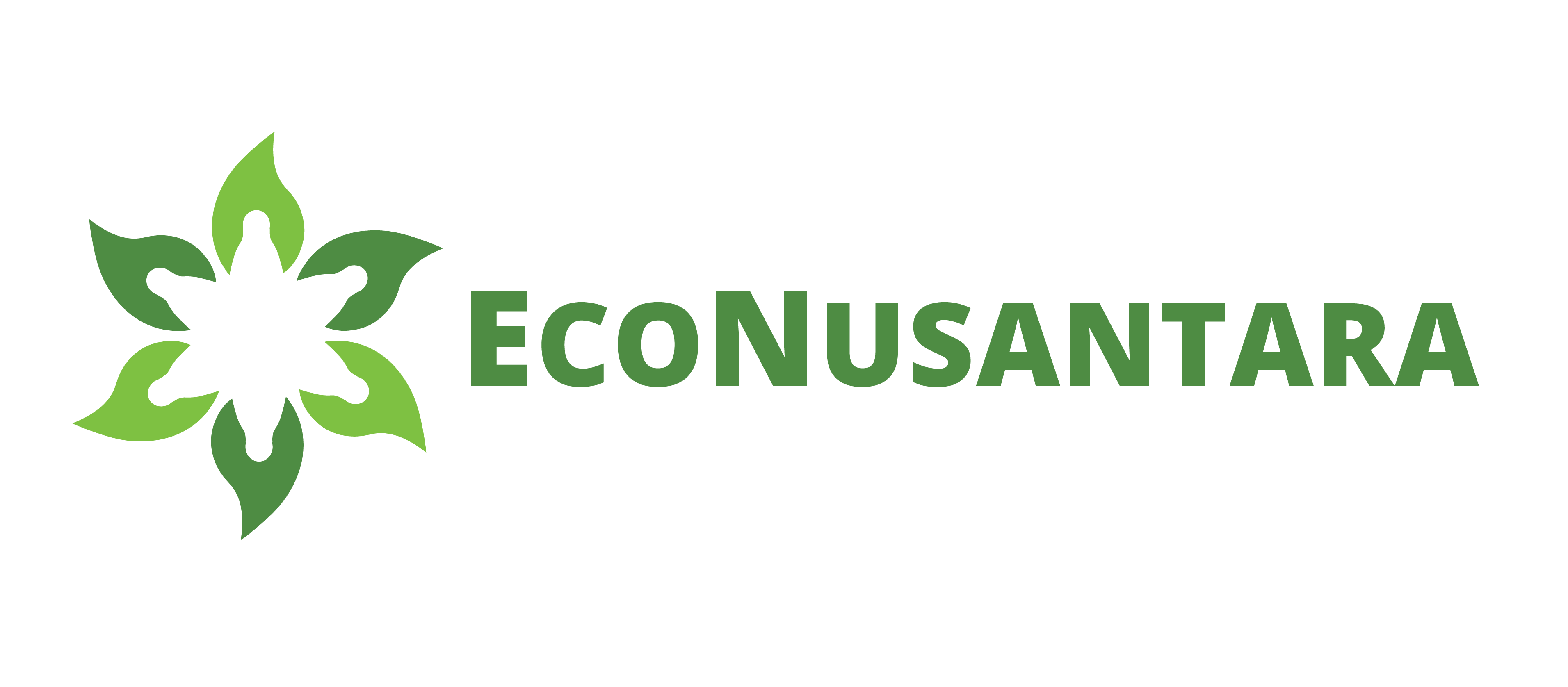Not long ago we moved on from the global pandemic COVID-19, where almost the entire world was paralyzed due to exposure to this virus. According to some epidemiologists, that this virus is caused by diseases in animals that are transmitted to humans (zoonoses). Until now, the cause of transmission of the COVID-19 virus from animals to humans is unknown. Temporary guess, due to the rise of extreem culinary made from bat meat. However, this suspicion is still very early to be concluded as the cause of transmission.
Looking at the conception of animal habitat theory and zoonotic potential, that habitat fragmentation and environmental degradation trigger an increase in zoonotic risk. Thus, maintaining high quality biodiversity and preserving animal habitats can help in controlling disease vectors and pathogens. Good environmental quality is not only related to the onset of pandemics, but avoids the occurrence of natural disasters such as floods, extreme droughts, air pollution and haze, climate change, marine pollution, and others. These natural disasters can be prevented through habitat protection, preventing deforestation and maintaining marine ecosystems.
Legal instruments in maintaining environmental quality and preventing natural and biological disasters (zoonoses) use Law Number 5 of 1990 concerning the Conservation of Natural Resources and their Ecosystems, which is currently in the process of being amended. By sector, the Basic Law on Forestry Number 41 of 1999 concerning Forestry is the basis for the management of the Forestry sector. Then Law number 26 of 2007 concerning spatial planning as a guide for planning the use of space or territory, which of course still holds the principles of ecological sustainability, social independence and economic growth for locally (district), provincial, and national.
Practically, regional planning is crucial for the preservation of these principles. Legal instruments do not or have not reached more technical and operational matters. The bridge uses an academic approach that is very firmly regulated (referring to formal legal instruments in Indonesia) and a comprehensive academic footing. Assessment of High Conservation Value in landscape, both Watershed Landscape, Jurisdictional Landscape, and Cultural Landscape is an academic instrument that is able to bridge the concept of sustainable environmental management mandated by law with the actual conditions of actual living space management. The result is in the form of areas or spaces that actually have high ecological conservation value, conservation value of environmental services for human life, and cultural conservation value, or known as High Conservation Value Area (ANKT). The process carried out to obtain this area, of course, does not only explore theory and its relationship with actual conditions alone. However, through a process of direct assessment in the field (forests, mountains, rivers), in-depth discussions with communities, and public consultations with stakeholders.
Spatially, these areas that have conservation value must be a guideline in development planning by the government, both district and provincial. So that in the District or Provincial Spatial and Regional Plan (RTRW), this High Conservation Value Area is the main input. This is to gain strong legitimacy in sectoral management or implementation of RTRW supported by all parties, because it has gone through a public consultation process with all stakeholders. High Conservation Value Analysis on District landscapes plays an important role in supporting the implementation of area management according to District RTRW. The community and private sector play an important role in supporting the government to carry out regional management guided by the principles of environmental sustainability, social justice, and welfare improvement.
In Indonesia, studies on landscape-scale High Conservation Value (HCV) Analysis have been conducted by several non-governmental organizations, as well as by several private sectors. The goal is that the planning of the development of administrative areas can be carried out carefully, referring to the characteristics of the environment itself. HCV analysis holds 6 criteria; namely HCV category 1 area related to biodiversity conservation, both flora and fauna; HCV category 2 area is related to extensive forest ecosystems, which are habitats for protected animals that can survive for a long time (viable); HCV category 3 areas related to threatened and endangered ecosystems; HCV 4, in relation to environmental services for the community; and HCV 5 and 6 are concerned with the socio-economic community in fulfilling basic needs and cultural entities. All these criteria are very important in maintaining environmental quality and social, economic balance in a landscape. So that the results of HCV studies, if implemented legally through special legislation, concerning development planning based on HCV, as well as being an input in the preparation of regulations governing regional development planning, will support the process of achieving ecological, social and economic balance.
EcoNusantara (ENS), until 2024, has compiled more than half of the High Conservation Value analysis at the district landscape level in the central Sumatra region, several districts in Kalimantan have completed the analysis in the first half of 2023. Several districts in Papua Province have completed analysis before 2020. Meanwhile, the Sulawesi and West Papua regions are in preparation for analysis. This effort is to support the government’s acceleration in preparing regional spatial planning that accommodates the principles of high Conservation Value. The hope is to be able to reduce the recurrence of the pandemic and efforts to reduce the impact of climate change that is currently underway. (DT).

